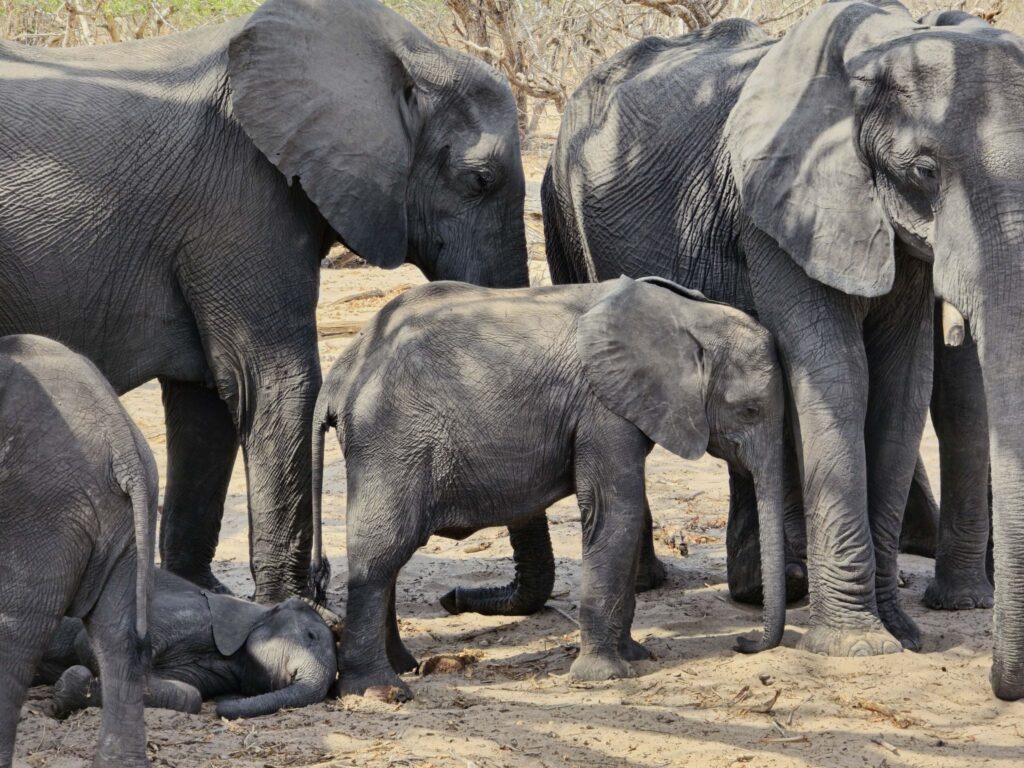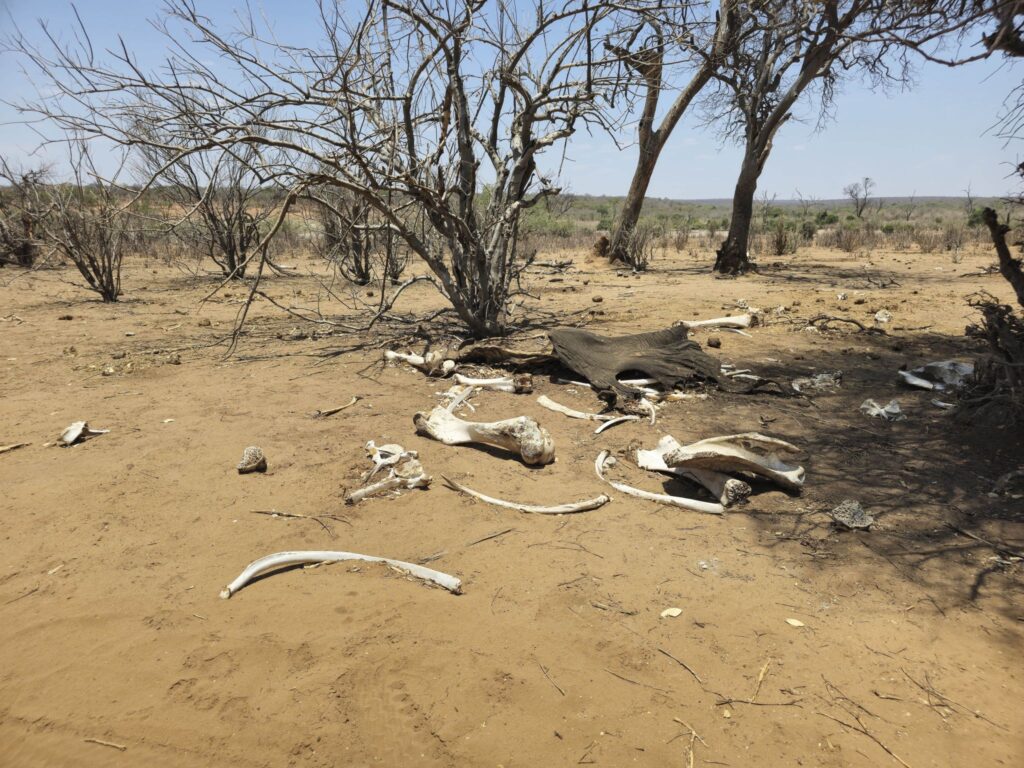The intersection of the borders of Angola, Botswana, Namibia, Zambia, and Zimbabwe has seen a concentration of elephants of over 228,000 individuals, with 58% of this number in Botswana and only 2% and 3% in Zambia and Angola respectively.
Creating ecological linkages or wildlife corridors for the population to disburse in a more even fashion in the KAZA region, especially towards Zambia, can reduce strain on resources on any one country to manage large populations, and can also significantly decrease the incidences of human-wildlife conflict.
The population is concentrated here due to various reasons including intensive agriculture and industrial human settlements, that block the traditional path of the elephants to naturally disperse.
Nzatu Food Group and Peace Parks Foundation have proposed a strategy to create wildlife corridors with training and sensitizing the indigenous communities along the corridor, to prevent the conversion of the corridor into intensive agriculture land and/or industrial human settlements.
Offering economic incentives to the indigenous communities along such wildlife corridors in the form of beekeeping and alternative income streams from honey (beeswax, pollen, and propolis) and other high value products in a community-managed, regenerative, productive forest can be a financially and socially sustainable model to manage wildlife corridors.






